Artist based in Brooklyn, New York
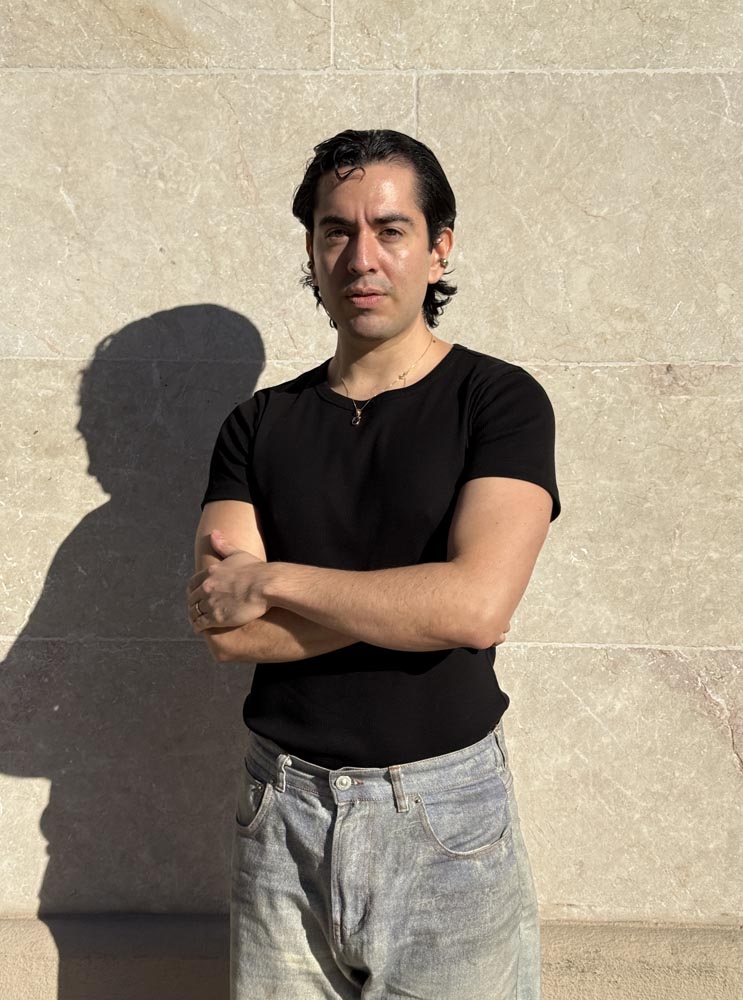
Gianfranco Reyes, Portrait of the Artist. Photo by Mallory Fraughton
Tell us about yourself, what's your background?
I was born and raised in Lima, Peru, in the 90's. Growing up I always had an interest in art, although I wasn't very good at it. I didn't grow up around artists or looking at art. No one in my family is an artist. As a kid, art always felt very distant and inaccessible to me. The school I attended taught Art through an exclusionary, imperial lens. We were not encouraged to be artists or critical thinkers. Mind you, this is during the authoritarian regime of Alberto Fujimori, after his coup d'état in 1993.
I remember looking at "The Garden of Earthly Delights" by Hieronymus Bosch and "The Triumph of Death" by Pieter Bruegel at some point in my early teens. I think I saw them in a book. I remember feeling haunted by these images. I couldn't stop thinking about these paintings. I didn't know images had that power over me. There is so much contradiction in those paintings. So much grief and violence, but also so much humor and parody. Those paintings address the most basic human conditions through a very sophisticated framework. I liked that. That's when I knew.
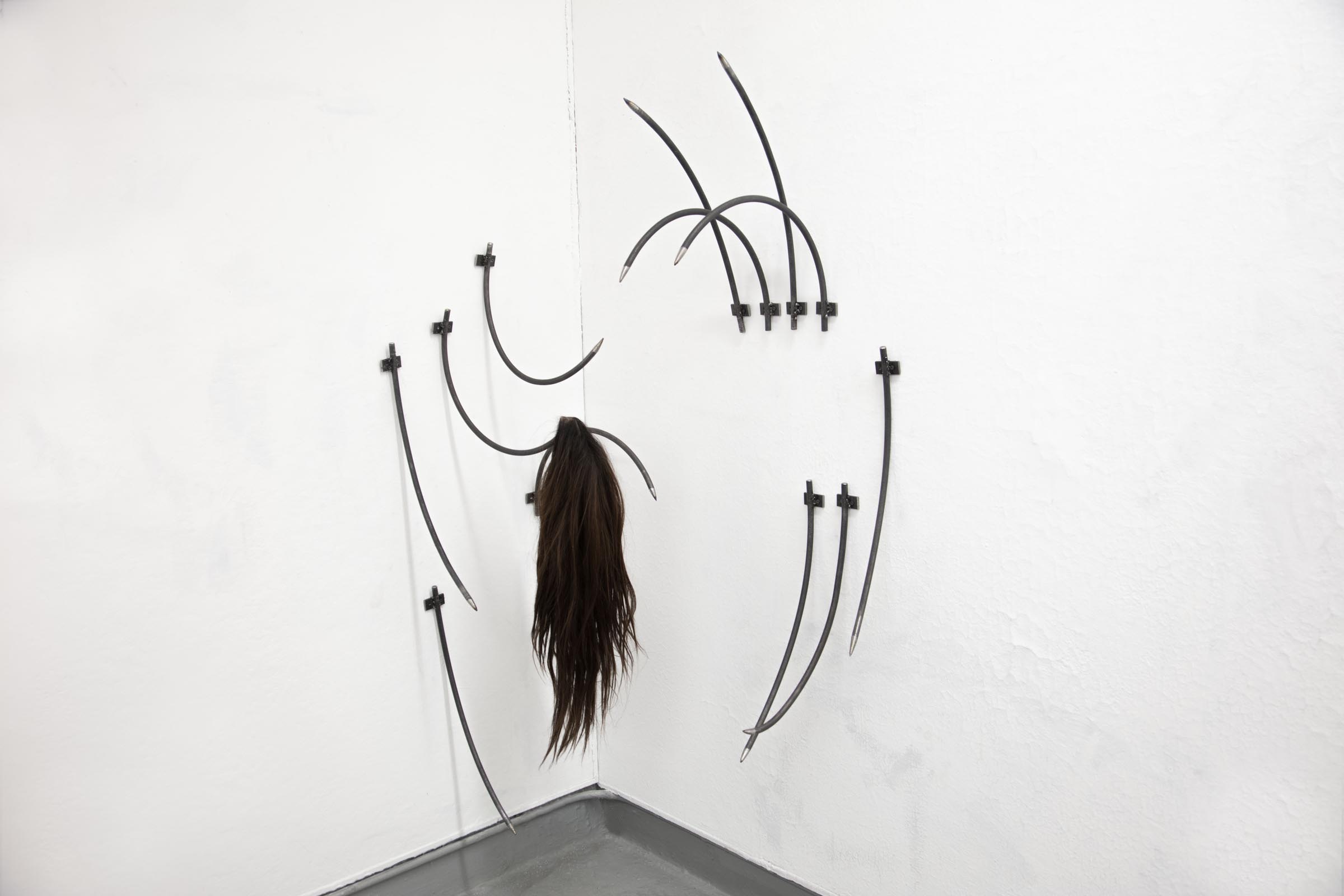
“My paintings and sculptures place the autobiographical on the public sphere. So I always have to think about how much is necessary for me to reveal, each time. I start there. . .With sculpture I surrender myself to the material and the laws of physics. Gravity is not very forgiving."
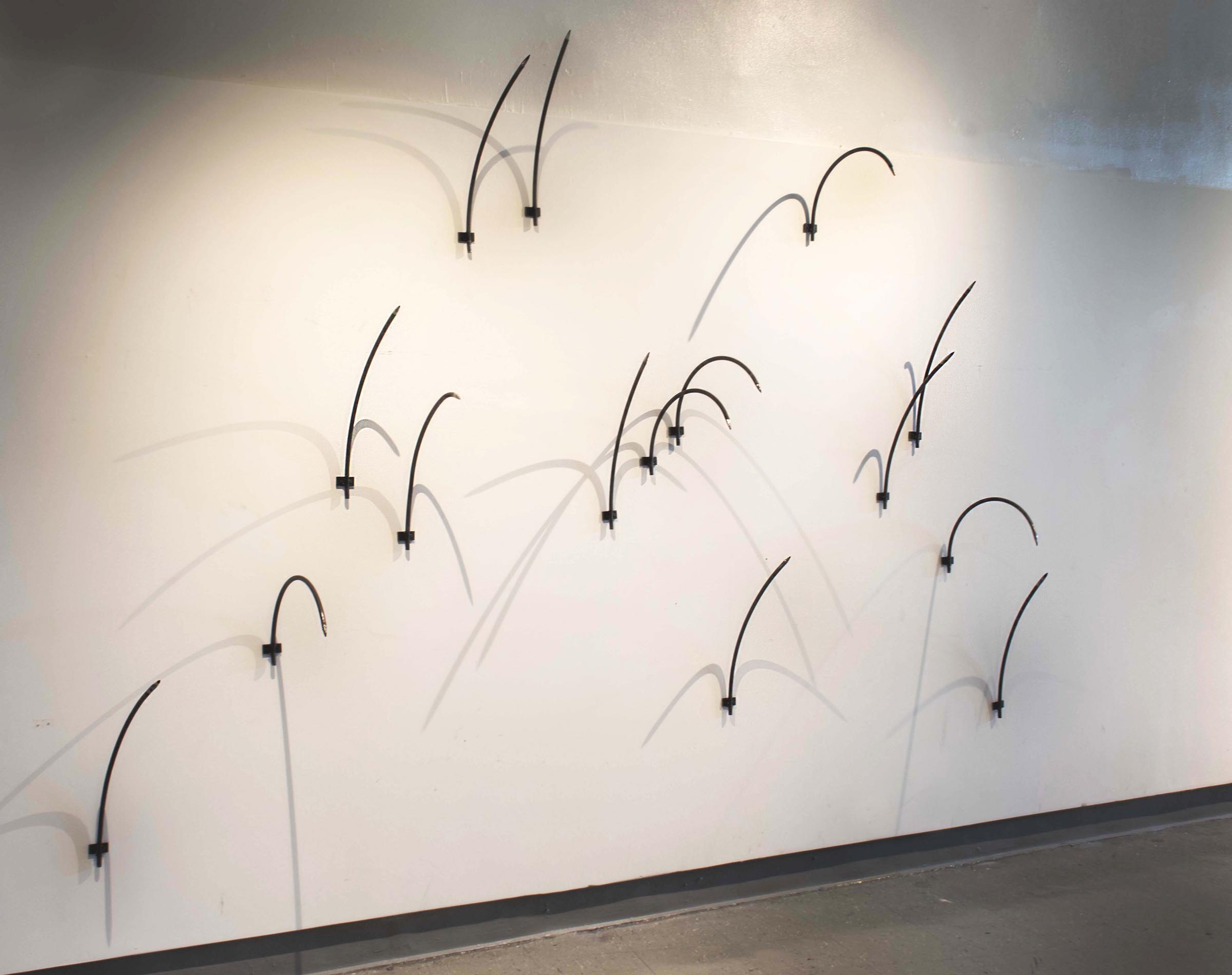
What are you currently working on and where did the inspiration for it come from?
I'm currently drawing. I never sketch and I've never kept up with a sketchbook. I want to change that. So I'm starting to press parts of my body on Vaseline, adding charcoal, and then pressing them on paper. There is an urgent need for me to trace and leave these type of marks. I've been looking at this series by David Hammons' called "Body Prints" from the 60's and 70's. These images feel very much tied to a history of performance translated to the 2D form. This way of "drawing" demands for me to slow down. And then to see the marks that your body has left in this frail piece of paper, they are undeniably charged images. These marks give viewers a sort of access or entry point to my practice. I want viewers with me on this ride and drawing feels like a good starting point. I thank David Hammons for that.
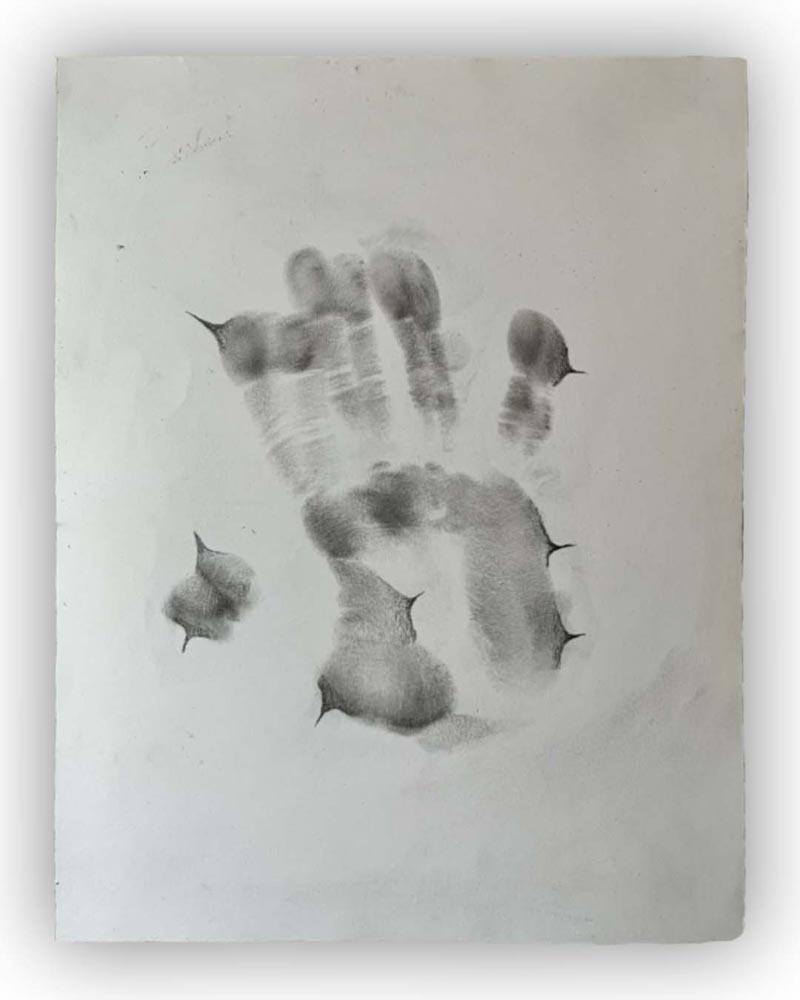
Figers, 2025, Vaseline and Charcoal, 9" x 12"
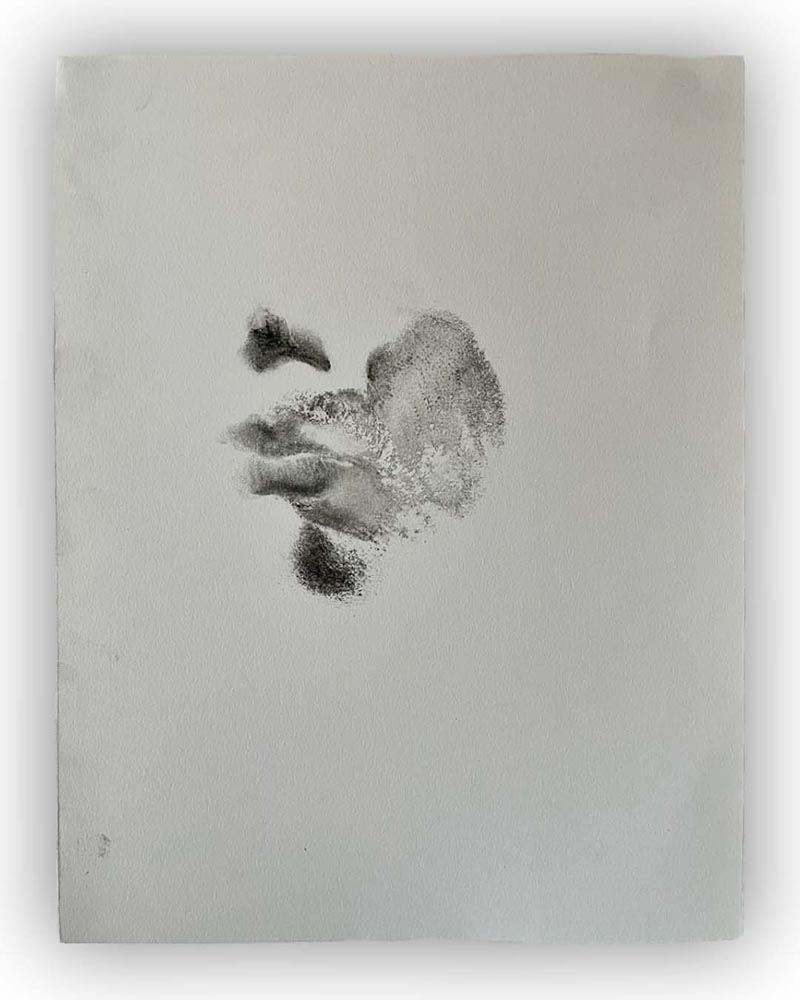
Cheeks and nose, 2025, Vaseline and Charcoal, 9" x 12"
Describe your practice and process. Where do ideas start for you? In the studio or being in the world?
Ideas begin outside of the studio. Artists respond to the conditions around them. I can't imagine another way of working. Ideas for me come from literature and history and being able to study those artists who came before me. I think about what it means to make work in 2025 as a queer Peruvian first-generation immigrant living in New York. That's a specific set of conditions, but I also have to look outside of that. I look at the works of Vaginal Davis, Ana Mendieta, Carmelita Tropicana, Felix Gonzalez-Torres, Otto Dix, David Hammons, Eva Hesse. And then I think about how their specific contexts drove them to do, act, perform the works that they did. Ideas for me start by looking at history and asking questions. Who were these works for? In whose name? To what end? What was at stake?
My paintings and sculptures place the autobiographical on the public sphere. So I always have to think about how much is necessary for me to reveal, each time. I start there. If I don't have a deadline for painting, I tend to paint over and over my previous work which can be very frustrating. I am known to completely obliterate paintings in the process. With sculpture I surrender myself to the material and the laws of physics. Gravity is not very forgiving.
I will work on five oil paintings at the same time, and then I will think of a metal sculpture while working on a charcoal drawing. And then a performance will come to mind. Then I'll think about lighting and costumes for the performance. It's all one for me. The multidisciplinary sensibility of my practice allows me to do that. But the process is ongoing. It never ends.
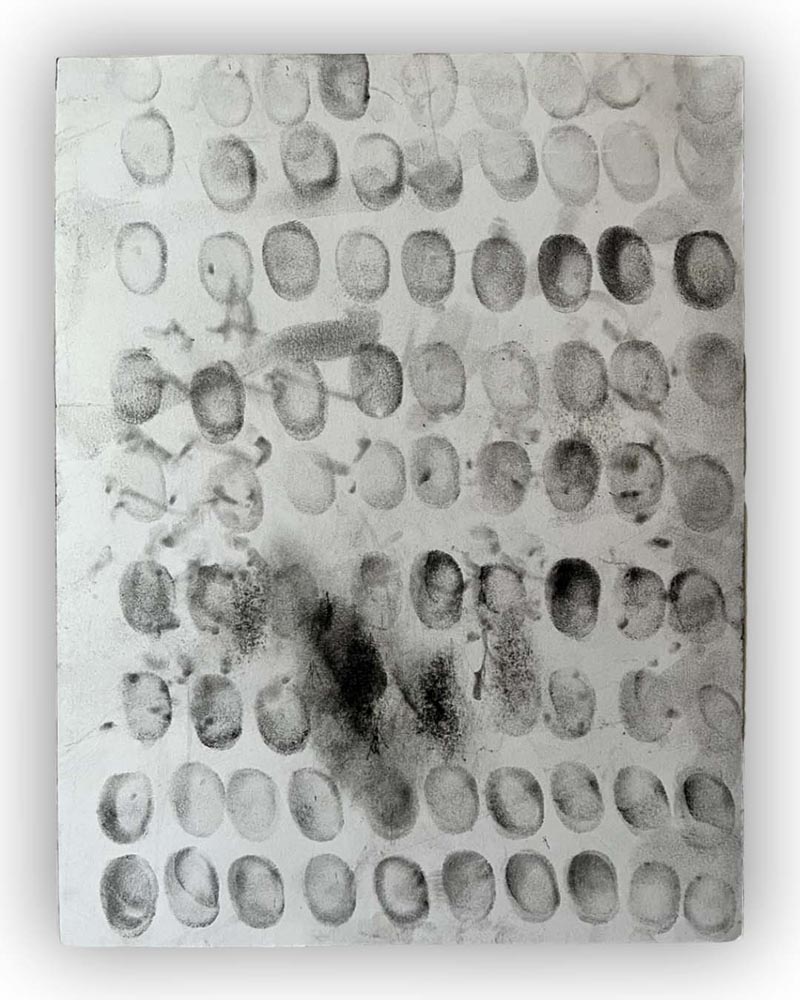
Right Hand, 2025, Vaseline and Charcoal, 9" x 12"
How do you make your work, does it start with a sketch?
I've never successfully kept up with a sketchbook. I don't think I have a particular style, but I do like dirt. I respond to works that are nasty, grotesque, theatrical, haunting, ironic, humorous.
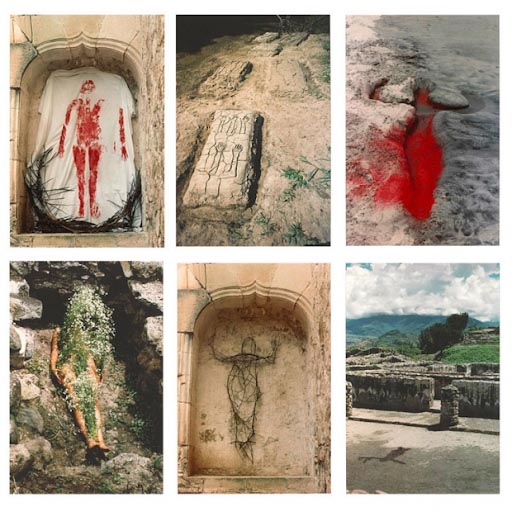
Ana Mendieta, Silueta Works in Mexico, 1973–77/1991
Many artists live by their routines, what does that look like for you?
Since finishing undergrad, I have not had a consistent studio space. I make work however and wherever I can.
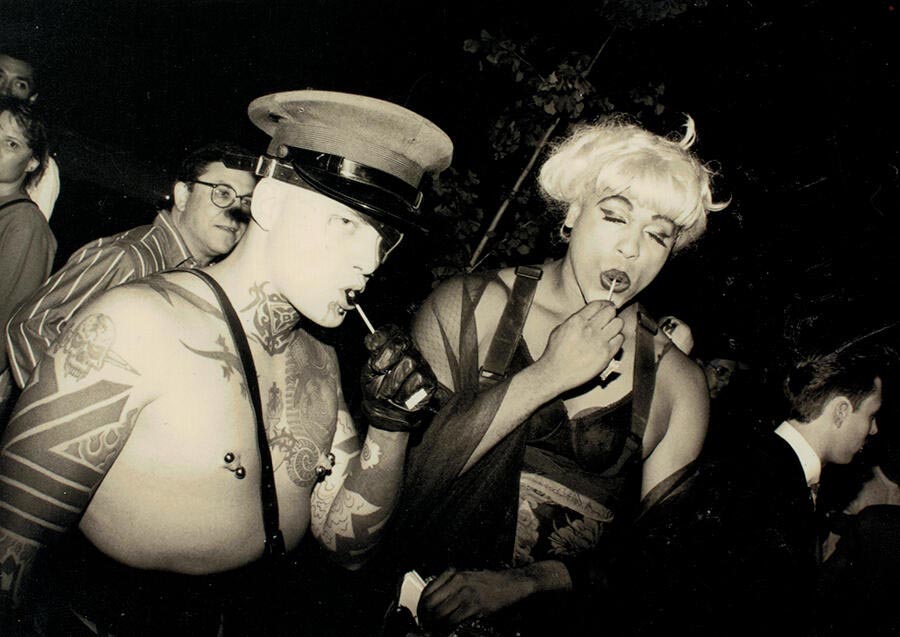
Ron Athey and Vaginal Davis cruising Colorado Boulevard for ‘The Best of LA’, LA Weekly, 1992. Courtesy: the artist and Galerie Isabella Bortolozzi, Berlin; photograph: Ted Soqui
Who are your biggest influences?
Aside from the artists I already mentioned, I love the works of Felipe Baeza and Rafael Esparza.
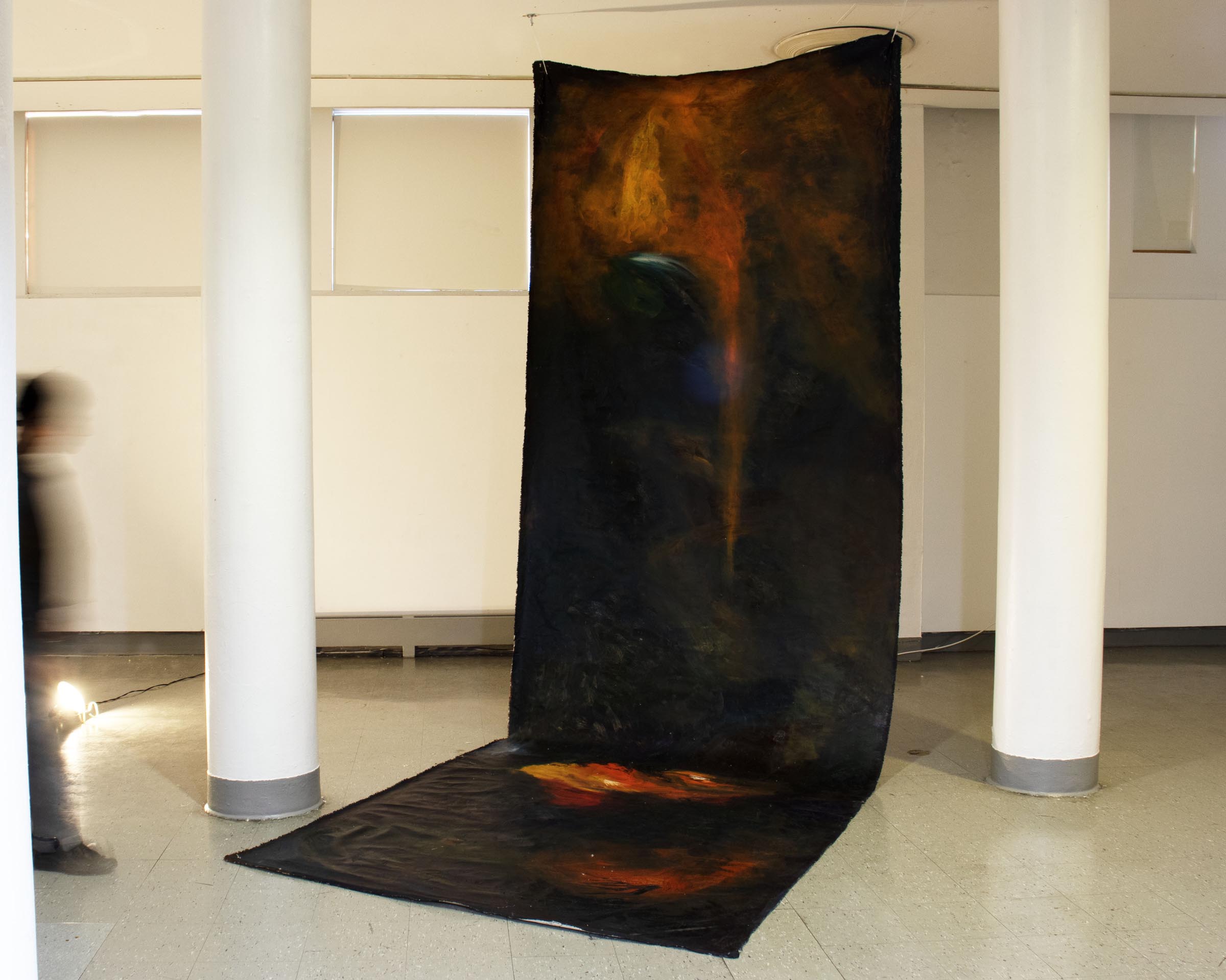
Are there books or films that are an important source of inspiration?
Yes. Disidentifications and Cruising Utopia are two books by José Esteban Muñoz that have been incredibly influential. I read Gender Trouble by Judith Butler beforehand. Queer theory is the backbone of my practice. Unruly Visions by Gayatri Gopinath is another phenomenal examination of how queer visual languages operate in a framework of the post-colonial. I watched the documentary Paris is Burning (1990) about ten years ago, that was a very pivotal point for me as an artist. I didn't know places and nighlife like that existed, I didn't really understand the forces that drove queer performers to get on a stage. Wildness (2012) by Wu Tsang, has also been very influential.
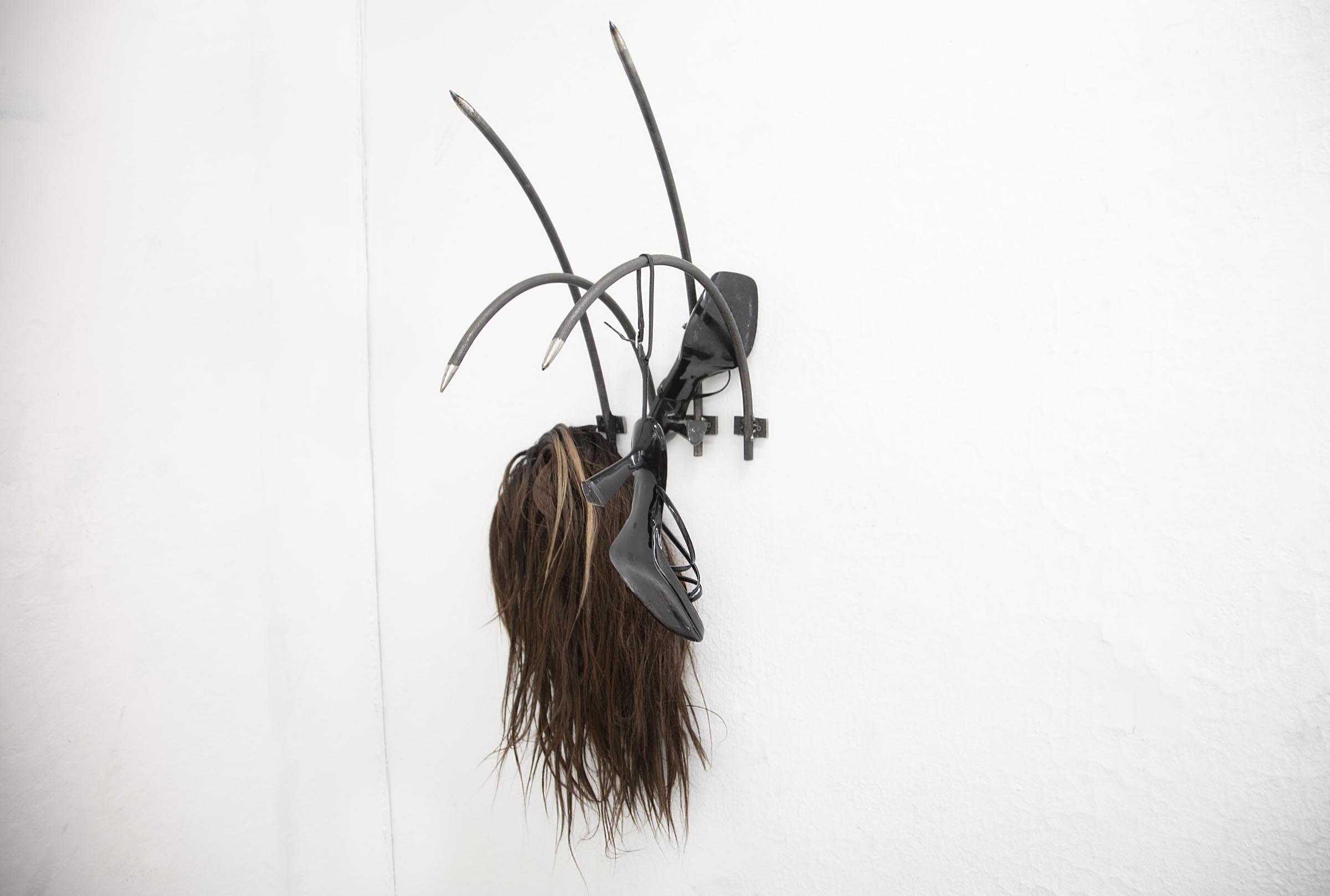
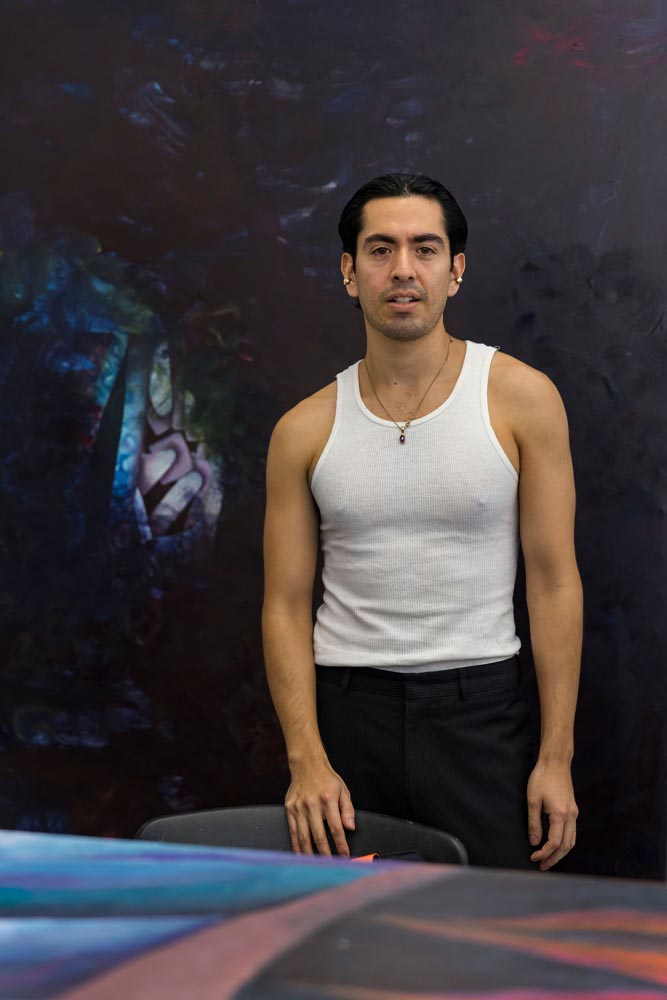
Portrait of the Artist. Photo credit K Gamble
Stay up to date with Gianfranco Reyes
Instagram @gianfranco.____